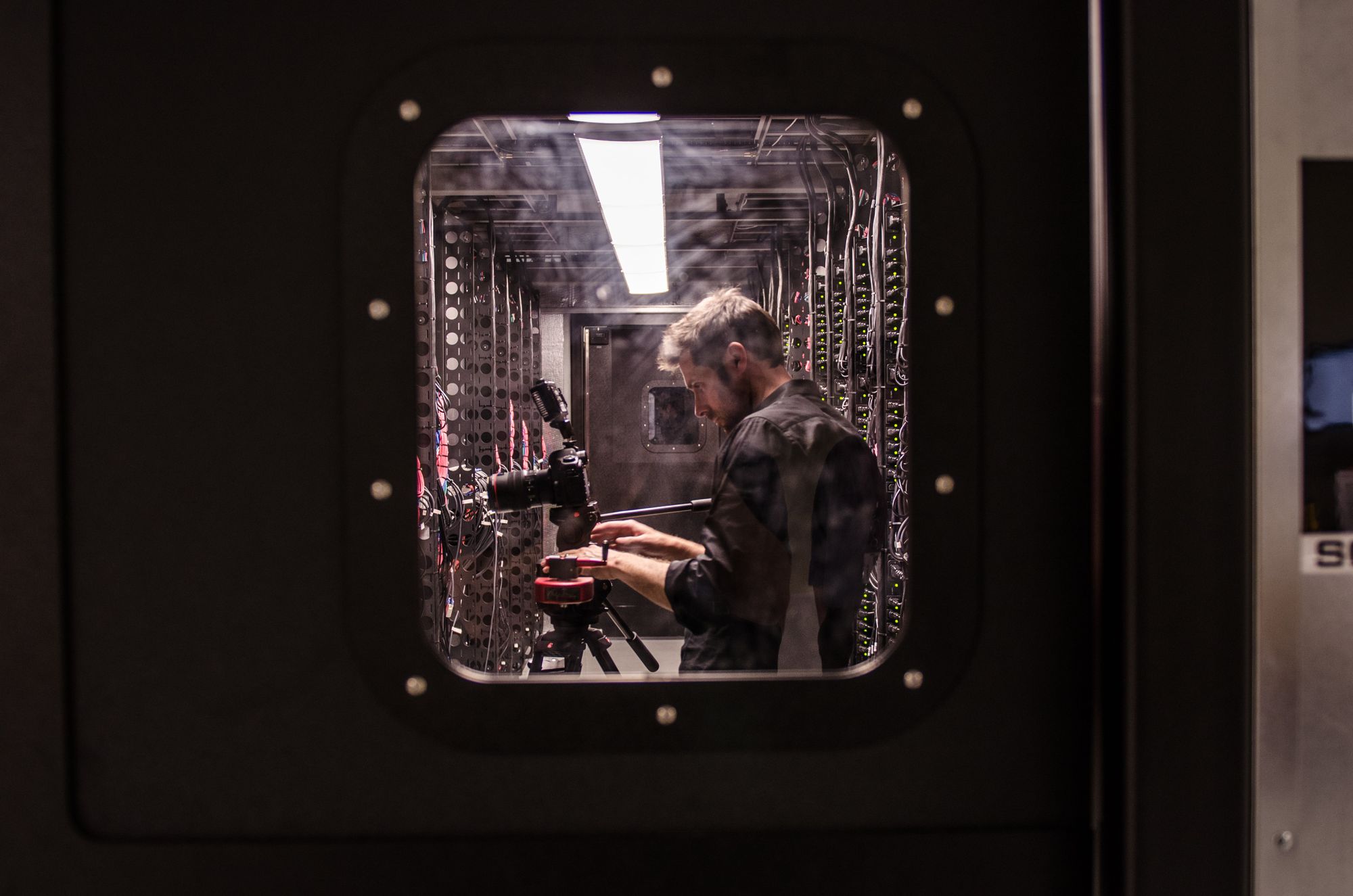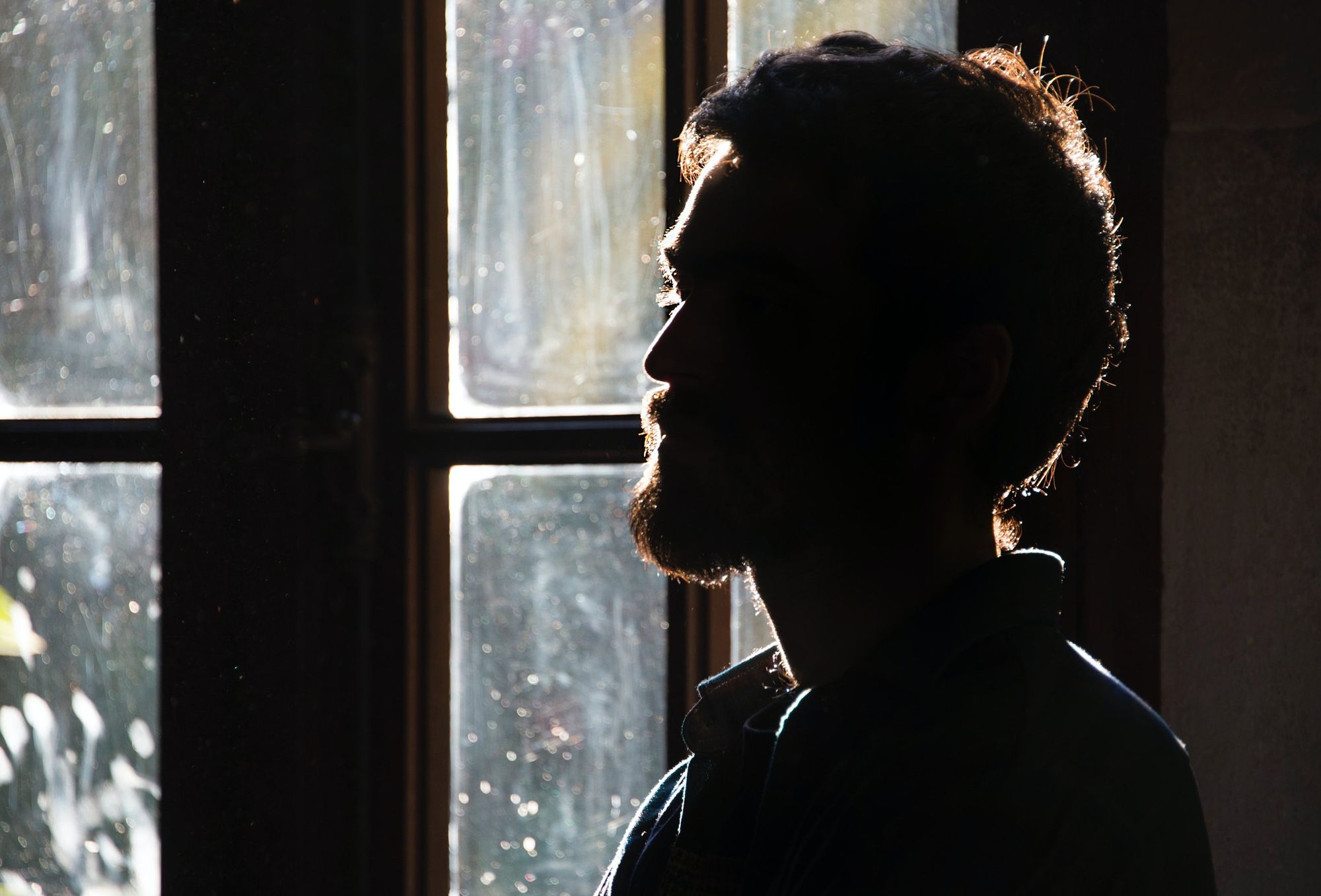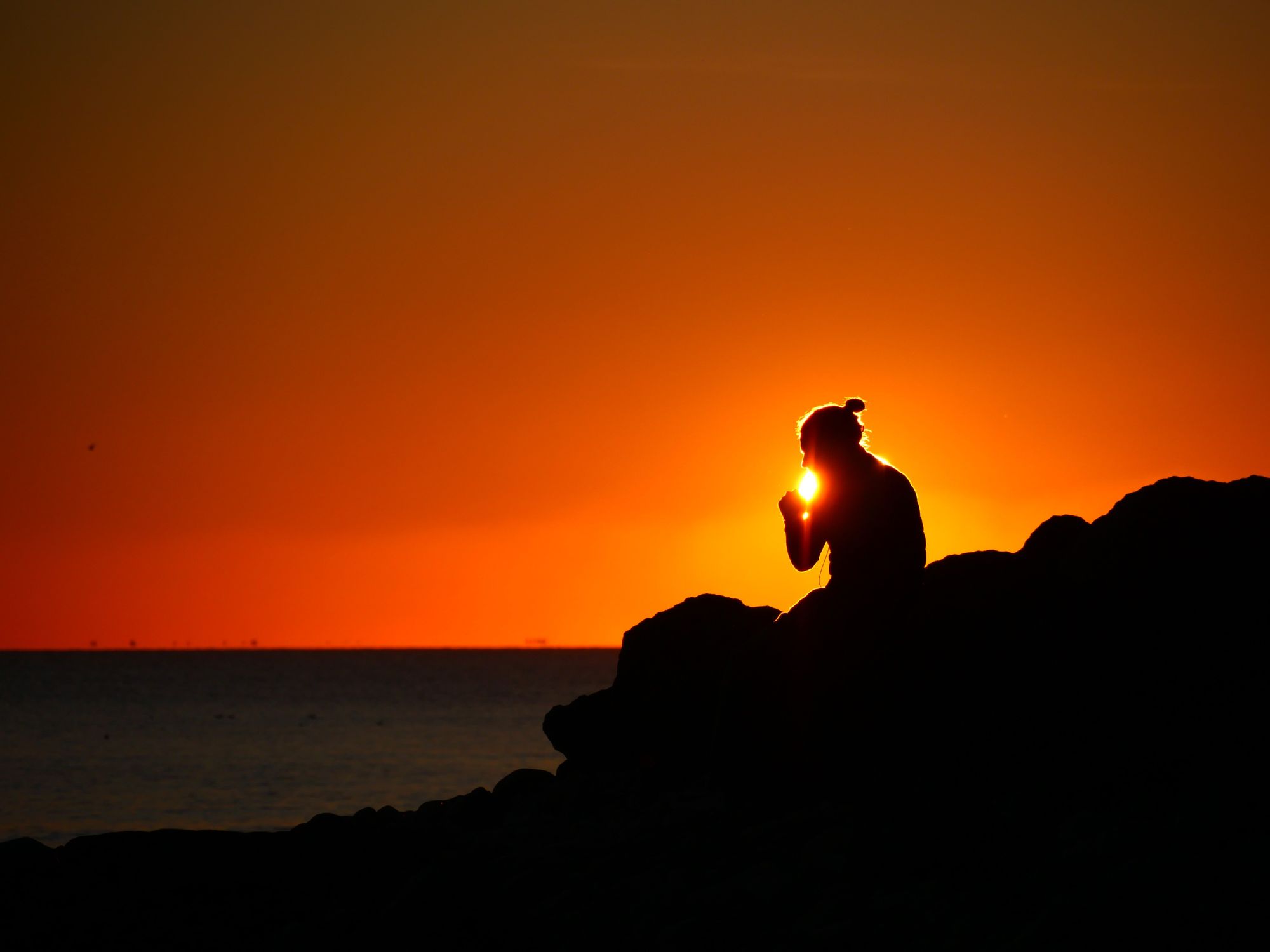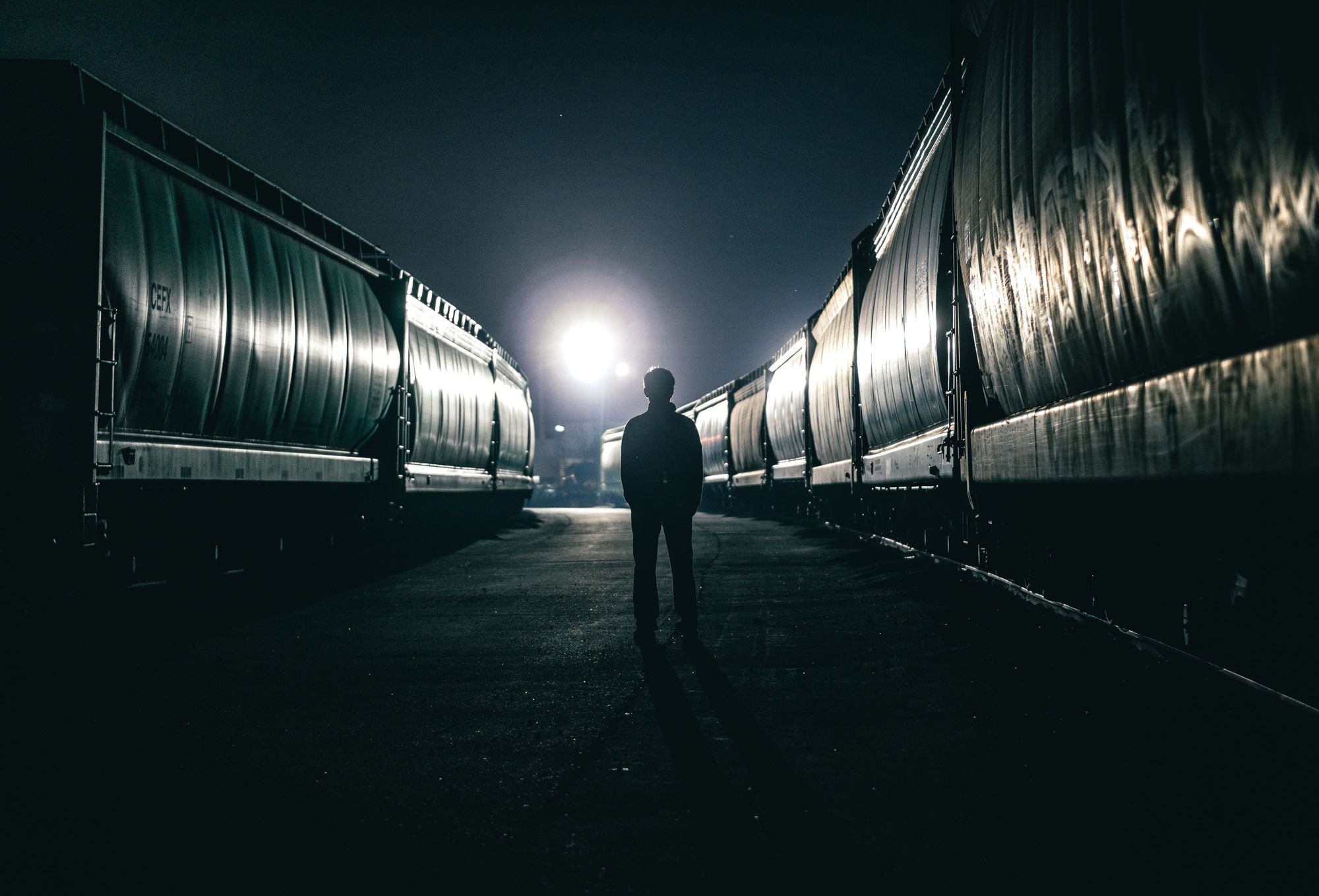Backlighting in Film: The Technique You Need to Know to Capture Cinematic Shots
Rent film gear from local filmmakers.

Rent film gear from local filmmakers.
Several aspects contribute for a movie scene to look breathtaking and intense, some of which you may already have applied to your filmmaking game, such as a good quality camera, smart framing, Lion King's soundtrack, etc. Despite all these efforts, you probably find yourself unable to achieve the cinematic feel that Hollywood delivers.
Why?
We will give you a hint: it's not Leonardo DiCaprio. In fact, a video of you pouring coffee can look as breathtaking as Interstellar.
Here's the secret: cinematic shots are achieved with backlighting.

The Three-point lighting setup
Light is the salt and pepper of filmmaking and photography, and to achieve good quality work; you need to get it right.
Commonly, to produce a natural-looking scene, artists use the "three-point lighting setup". This setup includes three lights (shocking): the key light. the fill light, and the backlight. Each illuminates a separate dimension of the subject, which results in a realistic representation of height, width, and depth. They differ in their position and intensity.
Key light
The key light is used as your primary lighting point and the brightest of the three. It is placed in front of your subject at an angle. For a cinematic effect, this light usually illuminates the front section of your object, facing away from the camera.
Fill light
As the name suggests, this light is meant to fill in the missing light for your video. The key light is placed facing your subject but on the opposite side and is far less intense.
Backlight
The backlight is the third and final light of your three-point setup. At this point, you have two lights standing in front of your subject, which can make it flat and lose dimensionality. To counterpose of this effect, you place a low-intensity light behind it - the backlight. This way, you will get more depth and the cinematic feel you've been trying to achieve.
Today we will be focusing on the last.
What is backlight in film

Although backlight is one of the main elements of the "three-point lighting setup", a good filmmaker must understand it individually, as it's a great technique by itself.
As the name suggests, a backlight hits the subject from behind. The angle of backlighting can vary, but it is usually placed from a slightly higher place. This way, we create a glowing effect on the edges of surfaces (particularly on curved ones such as the human body) and separate our object from the background, giving the shot more shape and depth (and even drama).
Why should you use backlighting
Depth, depth, and depth.
Remember, your work is flat. Whether displayed in a movie theatre or on an old kitchen TV, your shots are depthless. Film backlight will help you transform a boring flat shot into a frame that feels three-dimensional and much more realistic.
Moreover, as a filmmaker, you want to command the viewer. You want to guide their attention and make sure they are looking exactly where you want them to.
For example, you don't want people to be distracted with the waitress while filming a dinner party (unless the waiter is Tom Cruise in disguise, but that's a whole different situation).

When to use backlighting in film
As with every light, there are no straight-up formulas on when and how to apply them. However, there are some typical situations in which a backlight can undoubtedly elevate your frame.
Consider backlighting a tango dance between the subject and the background. When and how to use it all depends on what type of dynamic you want between those two.
For instance, if your subjects look like cardboard cut-outs, definitely get a backlight. One other way is to ask a friend to take a look at your frames - is it not clear for your friend where or at who they are supposed to be looking at?
Enter: Blacklight.
Perhaps your video just looks boring for some reason you can't explain. It lacks intensity or suspense - try playing around with a blacklight.
However, this technique is not only used to fix conditions or elevate your shoot. Film blacklight can be the protagonist in your creation, for instance, to generate alluring silhouette compositions, or produce beautiful images with translucent objects (just as water and smoke).
How to create backlighting with artificial light

Likely, you are first going to try out a blacklight within a three-point lighting setup context, so let us go back for a second.
Usually, you start by placing the key light and the fill light in front of the subject on opposite sides. A backlight is the third light you position for your video lighting setup. Generally, you place it on the same side as the key light and then move it behind the subject until you get the result you are looking for.
Again, this is filmmaking, the try-adjust-repeat game.
How to create backlighting with natural light
Not a fan of artificial light? The sun has got your back (well, your subjects' back). You can work with the sun to produce beautiful backlit frames with little effort and zero electricity.
Remember, for natural-looking scenes; you want your backlight to be diffuse. Meaning that if you place your subject between you and a bright ball of fire, it's unlikely that you will get smooth results. Still, it isn't ideal for it to be too low either, as you risk getting bursts of sunshine directly into the lens. Let us go for a middle term: this technique works best when the sun is at a 45-degree angle.
One safe way of making sure you get it right is to give it a go during the golden hours of daylight. Roughly an hour after sunrise and an hour before sunset, the sunlight turns soft and golden, and it works wonderfully as a backlight. Your subjects will be outlined with a "halo" effect, and your shots will look magical.
What to light next?
Backlighting isn't the only essential lighting technique you need to be familiar with when it comes to how you can capture that perfect shot.
Discover all the essential film lighting techniques to elevate your shots.
Or, if you already got that covered, get your hands in your lighting setup. Rent or subscribe to your needed lighting equipment.
What is the purpose of backlighting in film?
To separate the subject/object and the background.
What are the three types of lighting in film?
Key light, fill light, and backlight.
What does warm lighting mean in film?
It creates yellow or orange tones.
What is cinematic lighting?
It’s a light that creates depth and dimension.
What is backlight in film?
It is the light you position behind your subject.























